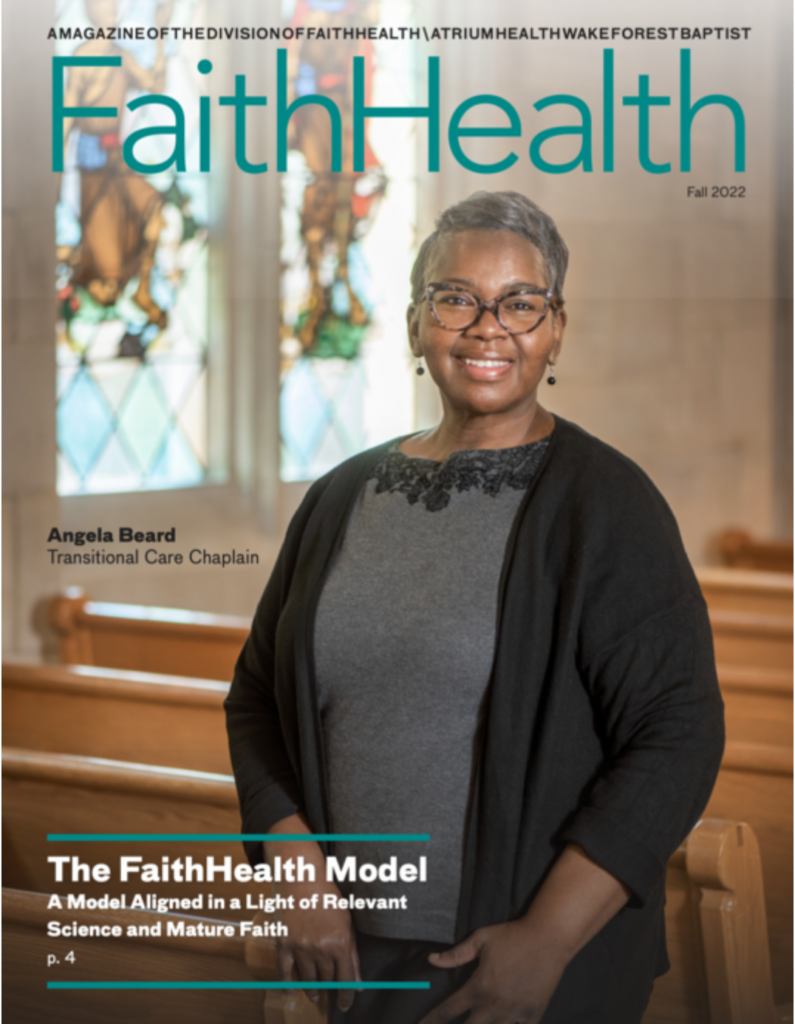A Meditation on Matthew 2:12–15
By Francis Rivers Meza
I recently had conversation with friends about a James Baldwin novel published to little acclaim in 1968, Tell Me How Long the Train’s Been Gone. The words of the title sounded familiar to us, but we struggled to identify their origin. One of us remembered finally that according to Darryl Pinkney—an editor of Baldwin’s works—the novelist was “critically engaged with the African American church and black music.”
After some research, we learned that the phrase “The people keep a-coming, and the train’s done gone” appears in at least two different settings. One is the gospel hymn “Mary Had a Baby,” a traditional Christmas tune. Another setting is the source that Baldwin himself cites on the frontispiece of his novel: “Traditional.” This second option intrigued me. To what “tradition” was Baldwin referring?
Twice in the second chapter of Matthew’s gospel, the evangelist mentions the power of dreams. First, an unnamed entity warns the three wise men “in a dream” “not to return to Herod” but to travel home “by another way.” Next, an “angel of the Lord” appears to Joseph “in a dream” and instructs Joseph to flee with Mary and Jesus lest Herod find the child and “destroy him.”
Unique to Matthew’s gospel is the subsequent story of the systematic murder that Herod orders of “all the male children in Bethlehem and in all that region who were two years old or under.” The gospel attributes this infanticide to fulfillment of an ancient prophecy:
A voice is heard in Ramah,
lamentation and bitter weeping.
Rachel is weeping for her children;
She refuses to be comforted….
(Jeremiah 31:15)
Many readers of the Bible also have noted similarities between Herod’s “massacre of the innocents” and the narrow escape (told in the first chapter of Exodus) of Moses from brutal practices that Pharaoh ordered to slow the growth of the Hebrew population in Egypt.
What connections can we make between these biblical accounts of resilience and Baldwin’s reference to the phrase “the people keep a-coming, and the train’s done gone”? A literal interpretation of the hymn’s text could suggest the lament of a traveler for whom unforeseen complications in his or her private life, unexpected highway repairs, or breakdowns in the public transportation system have ruined travel plans. Nothing is quite so frustrating as missing a flight and having to reconstruct an itinerary that even closely resembles our original intent. If only life were more predictable. If only we had more control.
Hmm. Are other interpretations of the phrase “the train’s done gone” possible? Escaping danger in the nick of time, for example. Or the conviction that come what may, a dream has revealed the existence of a truth that may pass unnoticed temporarily but must be acknowledged eventually. What about Jesus? What about Moses? According to the Biblical texts, Herod and Pharaoh seem clumsy, a step too slow in acknowledging a new reality. “I’m sorry,” a customer assistant might say. “The train’s done gone.” This last possibility has caused me to wonder anew what message the creators of this spiritual were trying to express and what prompted Baldwin to draw attention to this message.
The train’s done gone
A few weeks ago, my mother asked me to take her to her favorite bakery. The business is located in the Southside neighborhood of Winston-Salem, a part of town known colloquially as “Little Mexico.” While my mother assessed the quality of the pan dulce available, my attention fell on a young man who was running the cash register. As is the case on most Saturday afternoons, business at the bakery was brisk. The young man barked out instructions in Spanish to his co-workers. His accent sounded Salvadorian to me. The phone rang. He spoke impeccable English with the caller. The young man even had a bit of a Southern twang. I was stunned. How in the world could Winston-Salem be home to this young, fluently bi-lingual entrepreneur?
On our way home, my mother asked me if we could stop at a paleteria that carries home-made mamey sapote ice cream, my mother’s favorite. This business, too, was buzzing with customers. I stood in line and awaited my turn. Eventually the young woman behind the counter asked me in English what flavor of ice cream I wanted. I responded in Spanish. She seemed surprised and looked closely at me before scooping the ice cream I had ordered into a Styrofoam container. I looked around and noticed that several older and middle-aged women were standing behind me with their arms crossed. There were scowls on their faces. One of them said to me in English: “You speak pretty good Spanish. What are you doing in our neighborhood?” “Buying mamey ice cream for my mother,” I responded in English. The woman looked skeptical. “You’re not some kind of undercover ICE agent are you.” “No, seṅora,” I said. “I’m a minister here in town. My mother is waiting for me out in the car.” The woman looked out the window, saw my mother, and seemed satisfied. “Enjoy your ice cream,” she said. The group of women returned to a table in the back of the store.
Experiences like these would have been unimaginable in Winston-Salem twenty years ago: Latinx businesses, fluently bi-lingual young people, a neighborhood watch composed of mothers and grandmothers. Unbelievable. Incredible. You’ve got to be kidding me.
Later that afternoon, I laid down for a nap and had a dream. James Baldwin invited me into his study, offered me coffee, and explained the tradition he had invoked. I think I understood. ICE keeps a-coming, and the train’s done gone.

